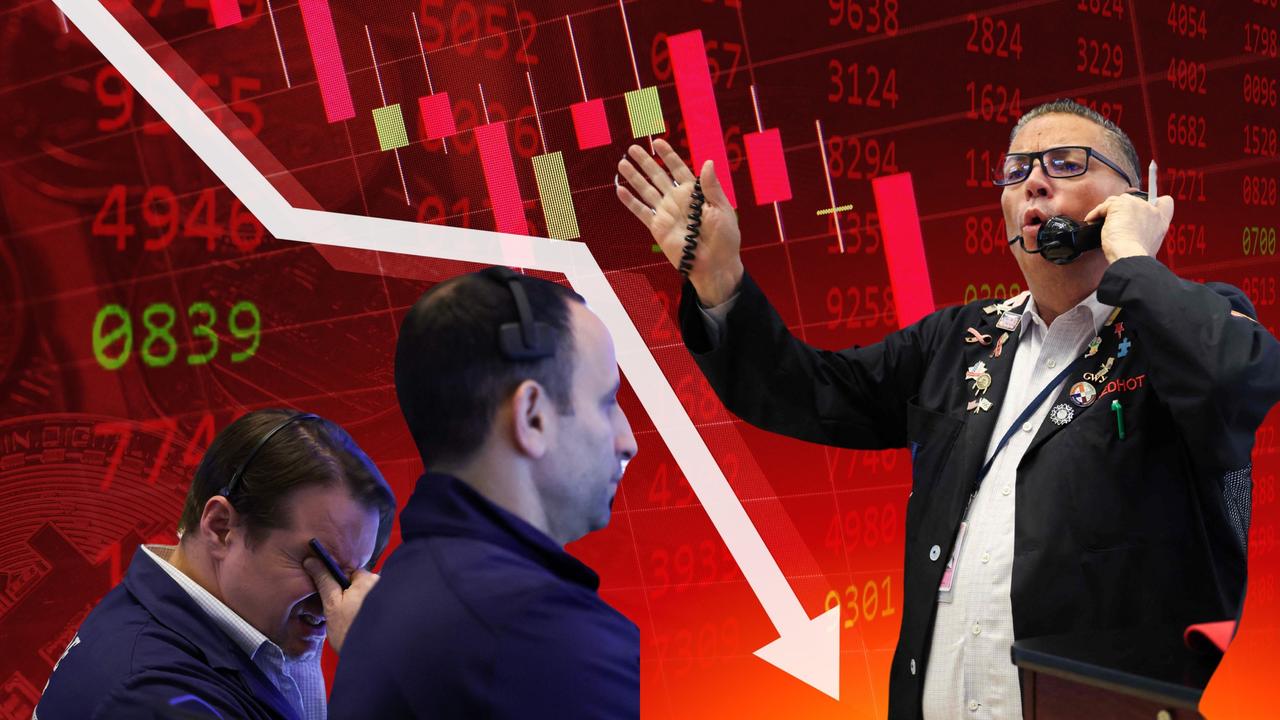On the chase for yield
THE equity market can at times seem like a creature of fashion, if not completely bipolar.
THE equity market can at times seem like a creature of fashion, if not completely bipolar.
Particular investment attributes, such as high rates of EPS growth or resistance to economic downturn, may attract a premium for a period of time only to fade down the track as other attributes rise to prominence in the minds of investors.
One of the more dramatic examples in recent times was the way the market's views on gearing evolved through the GFC. Before mid-2007, companies with high gearing did not appear to be penalised by the market for the increased risk. Later, when debt became harder to refinance, gearing levels and maturity profiles became primary drivers of the market's assessment of corporate merit.
One characteristic that has risen to prominence is dividend yield. With deposit rates on cash offering poor inflation-adjusted outcomes, investors have been motivated to find better ways of generating income; big, known companies with good dividend yields have been keenly sought. This has not been lost on boards of directors, who have felt under pressure to increase dividend payout ratios or risk the ire of shareholders. In some cases, companies that have delivered sound financial results have been marked down, apparently, due to a lack of generosity in setting dividends.
This focus on yield and the trend towards higher payout rates is not surprising. Or necessarily a bad thing. But an astute investor needs to consider the implications down the track, and whether it presents opportunities or threats.
The first issue is whether higher dividends mean businesses won't have capital available to fund investment in growth opportunities, thereby constraining growth down the track. If a company is able to invest additional capital into its business at a high rate of return, our preference as long-term investors is that it should do so, rather than hand the money over to us.
Of course, this can go two ways. There are plenty of businesses that cannot earn sufficiently attractive returns on additional capital, and yet invest it anyway. In these cases, shareholders would be better served by having the cash paid out to them.
Ultimately, we feel that the risk of good companies being starved of investment capital is unlikely to present a major threat to growth. Where an investment case is sufficiently strong, listed companies usually have the ability to raise capital through new equity raisings, and so it should be possible to satisfy those shareholders who want cash out now, and those who are happy to forgo the cash today in favour of better returns tomorrow.
However, while a trend towards higher dividend payouts might not present issues in terms of the long-term health of the equity market, it may well have implications for how investors should allocate capital. When an investment attribute, such as dividend yield, is in favour, the likely consequence is a rise in the share prices of the relevant companies, potentially pushing them beyond intrinsic value.
This is an important point. Investing on the basis of dividend yield may be a sensible strategy for a single investor, and research indicates there is probably some truth to this. But when the market as a whole decides to invest that way, the investment merit is soon competed away.
Warren Buffett famously said investors should be fearful when others are greedy and greedy when others are fearful. The underlying principle is that it's often good to be doing the opposite of what others are doing, and if others are bidding up the price of yield paying stocks, there is a good chance you will find better value elsewhere.
Our analysis of value in the market bears this out. For example, Telstra, which offers a good dividend yield but limited growth prospects, appear to us to be trading at treacherous levels.
At some point down the track, if interest rates rise and yield falls from favour, there is the potential for material loss of capital on an investment in Telstra at today's prices.
Investing against the trend is not always easy to do, but one thing that we have learned over many years in the market is that the easy thing to do and the right thing to do often are different.
If you have been investing with the flow recently and buying large caps with a high fully franked yield, perhaps now would be a good time to step back from the noise of the market and think about whether a more considered strategy is likely to yield better results in the long run.
Roger Montgomery is the founder of Montgomery Investment Management.



